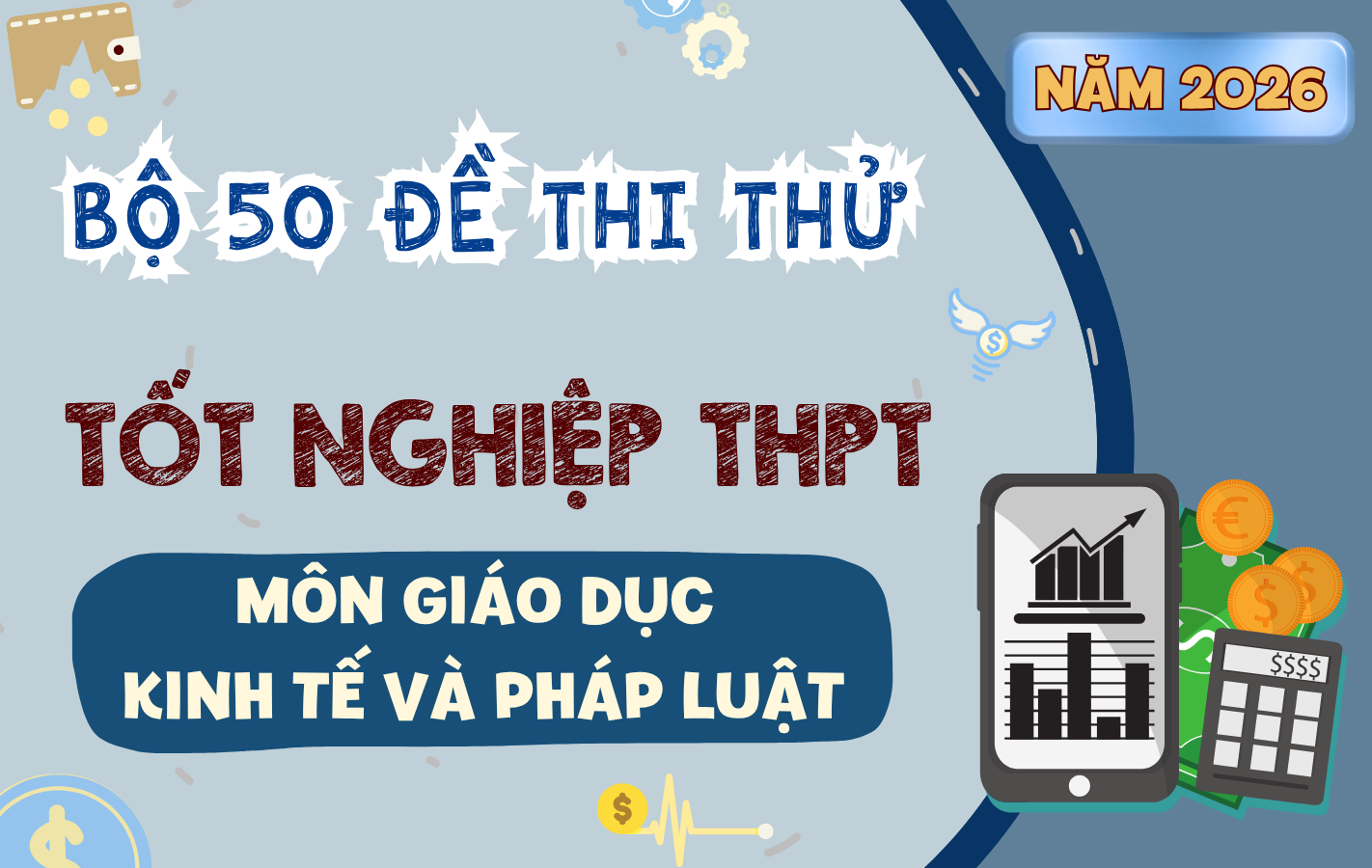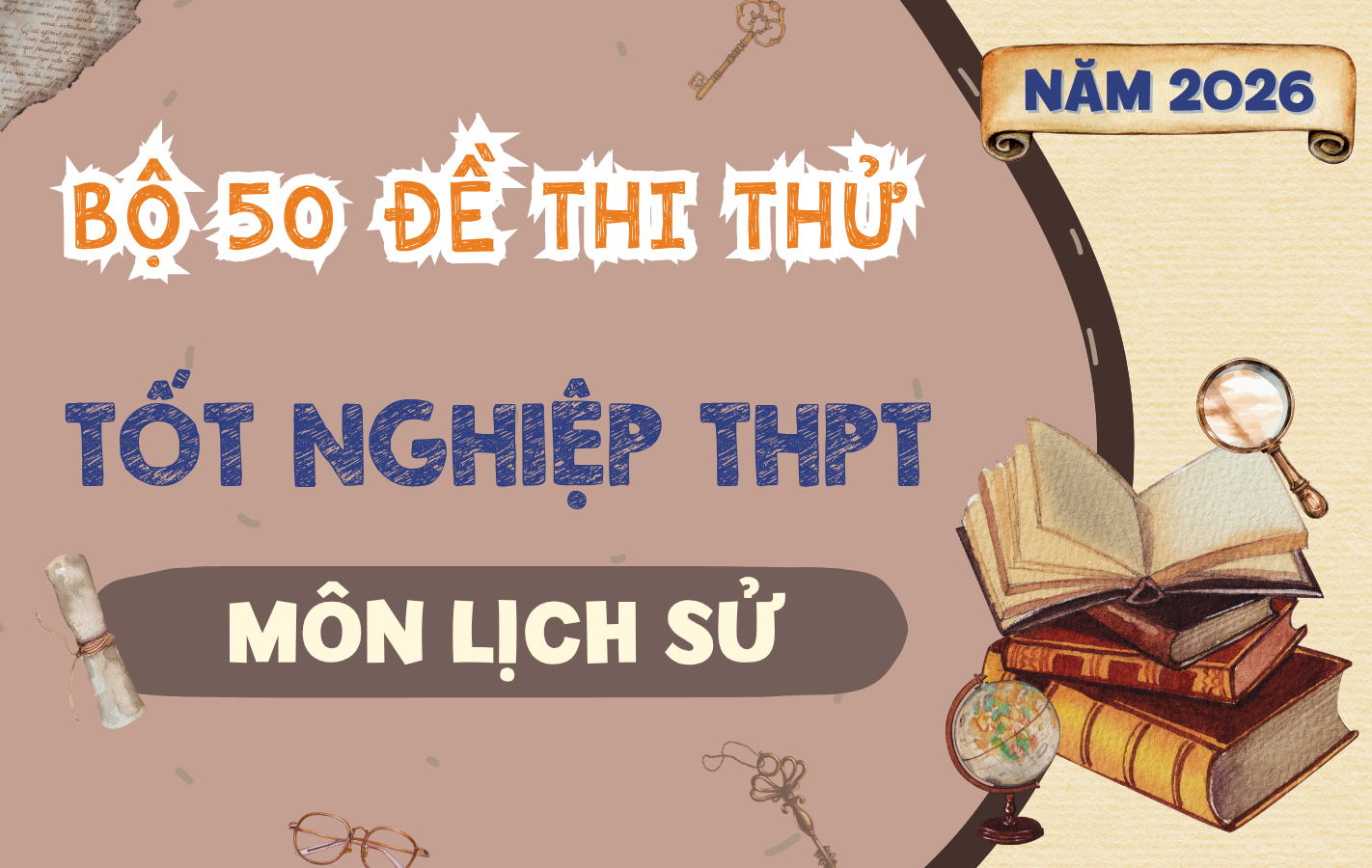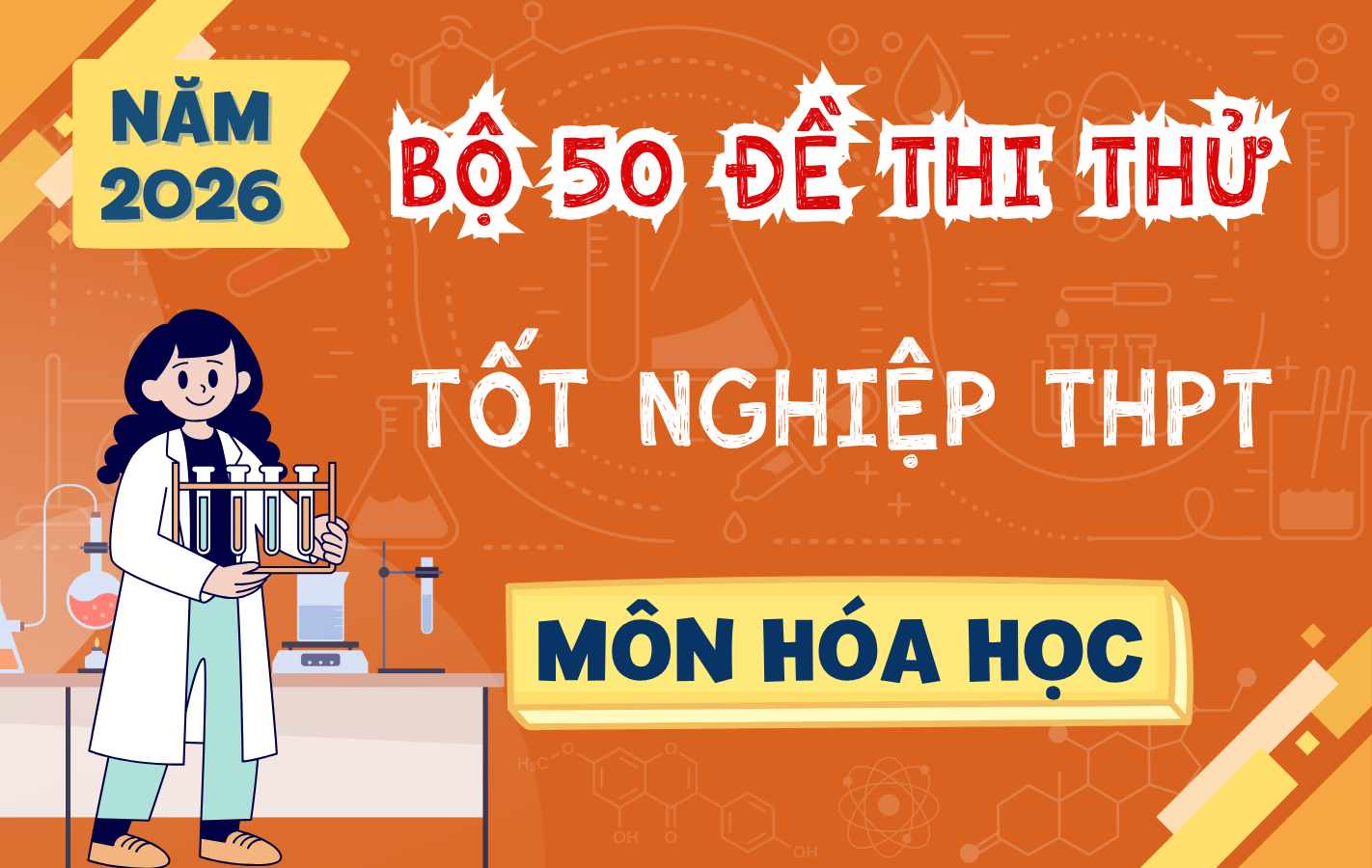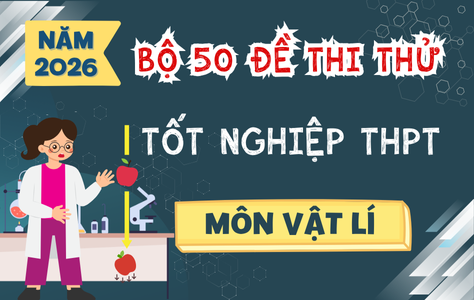Câu hỏi:
Read the following passage about and mark the letter A, B, C, D on your answer sheet to indicate the best answer to each of the following questions from 31 to 40.
Some people look at an equation and see a bunch of complicated numbers and symbols while others see beauty [I]. Now, thanks to a new tool created at Carnegie Mellon University, anyone can now translate the abstractions of mathematics into beautiful and instructive illustrations [II]. This exciting new tool is named Penrose after the mathematician Roger Penrose, who is famous for using diagrams and other drawings to communicate complicated mathematical ideas [III]. Penrose enables users to create diagrams simply by typing mathematical expressions and letting the software do the drawing [IV].
Unlike a graphing calculator, these aren’t restricted to basic functions, but can be complex relationships from any area of mathematics. “Some mathematicians have a talent for drawing beautiful diagrams by hand, but they vanish as soon as the chalkboard is erased,” said Keenan Crane, an assistant professor of computer science and robotics. “We want to make this expressive power available to anyone.”
Diagrams are often underused in mathematical communication, since producing high-quality illustrations is beyond the skill of many researchers and requires a great deal of time and effort. Penrose addresses these challenges by letting diagram-drawing experts turn their knowledge about creating diagrams into computer codes so that other users can access this capability using familiar mathematical language and a computer. “We started off by asking: ‘How do people translate mathematical ideas into pictures in their head?’” said Katherine Ye, a Ph.D. student in the Computer Science Department who is involved in the development of Penrose. “The secret sauce of our system is to empower people to easily ‘explain’ this translation process to the computer, so the computer can do all the hard work of actually making the picture.”
Once the computer learns how the user wants to see a mathematical object visualized – a vector represented by a little arrow, for instance, or a point represented as a dot – it uses these rules to draw several candidate diagrams. Users can then select and edit the diagrams they want from a gallery of possibilities. A special, simple-to-learn programming language was also developed so that they can easily convey the ideas in their minds to the Penrose system, Crane said. “Mathematicians can get very picky about notations,” he explained. “We let them define whatever notation they want, so they can express themselves naturally.”
The researchers will present Penrose at the SIGGRAPH 2020 Conference on Computer Graphics and Interactive Techniques, which will be held this July. “Our vision is to be able to dust off an old math textbook from the library, drop it into the computer and get a beautifully illustrated book - that way more people understand,” Crane said, noting that Penrose is a first step toward this goal.
(Adapted from sciencedaily.com)
Read the following passage about and mark the letter A, B, C, D on your answer sheet to indicate the best answer to each of the following questions from 31 to 40.
Some people look at an equation and see a bunch of complicated numbers and symbols while others see beauty [I]. Now, thanks to a new tool created at Carnegie Mellon University, anyone can now translate the abstractions of mathematics into beautiful and instructive illustrations [II]. This exciting new tool is named Penrose after the mathematician Roger Penrose, who is famous for using diagrams and other drawings to communicate complicated mathematical ideas [III]. Penrose enables users to create diagrams simply by typing mathematical expressions and letting the software do the drawing [IV].
Unlike a graphing calculator, these aren’t restricted to basic functions, but can be complex relationships from any area of mathematics. “Some mathematicians have a talent for drawing beautiful diagrams by hand, but they vanish as soon as the chalkboard is erased,” said Keenan Crane, an assistant professor of computer science and robotics. “We want to make this expressive power available to anyone.”
Diagrams are often underused in mathematical communication, since producing high-quality illustrations is beyond the skill of many researchers and requires a great deal of time and effort. Penrose addresses these challenges by letting diagram-drawing experts turn their knowledge about creating diagrams into computer codes so that other users can access this capability using familiar mathematical language and a computer. “We started off by asking: ‘How do people translate mathematical ideas into pictures in their head?’” said Katherine Ye, a Ph.D. student in the Computer Science Department who is involved in the development of Penrose. “The secret sauce of our system is to empower people to easily ‘explain’ this translation process to the computer, so the computer can do all the hard work of actually making the picture.”
Once the computer learns how the user wants to see a mathematical object visualized – a vector represented by a little arrow, for instance, or a point represented as a dot – it uses these rules to draw several candidate diagrams. Users can then select and edit the diagrams they want from a gallery of possibilities. A special, simple-to-learn programming language was also developed so that they can easily convey the ideas in their minds to the Penrose system, Crane said. “Mathematicians can get very picky about notations,” he explained. “We let them define whatever notation they want, so they can express themselves naturally.”
The researchers will present Penrose at the SIGGRAPH 2020 Conference on Computer Graphics and Interactive Techniques, which will be held this July. “Our vision is to be able to dust off an old math textbook from the library, drop it into the computer and get a beautifully illustrated book - that way more people understand,” Crane said, noting that Penrose is a first step toward this goal.
(Adapted from sciencedaily.com)
Where in paragraph 1 does the following sentence best fit?
For many, the elegance of mathematical concepts often goes unnoticed amidst
the complexity.
Đáp án đúng:
Câu hỏi này thuộc đề thi trắc nghiệm dưới đây, bấm vào Bắt đầu thi để làm toàn bài
Câu hỏi liên quan

Bộ 50 Đề Thi Thử Tốt Nghiệp THPT Giáo Dục Kinh Tế Và Pháp Luật Năm 2026 – Theo Cấu Trúc Đề Minh Họa Bộ GD&ĐT

Bộ 50 Đề Thi Thử Tốt Nghiệp THPT Lịch Sử Học Năm 2026 – Theo Cấu Trúc Đề Minh Họa Bộ GD&ĐT

Bộ 50 Đề Thi Thử Tốt Nghiệp THPT Công Nghệ Năm 2026 – Theo Cấu Trúc Đề Minh Họa Bộ GD&ĐT

Bộ 50 Đề Thi Thử Tốt Nghiệp THPT Môn Hóa Học Năm 2026 – Theo Cấu Trúc Đề Minh Họa Bộ GD&ĐT

Bộ 50 Đề Thi Thử Tốt Nghiệp THPT Môn Sinh Học Năm 2026 – Theo Cấu Trúc Đề Minh Họa Bộ GD&ĐT

Bộ 50 Đề Thi Thử Tốt Nghiệp THPT Môn Vật Lí Năm 2026 – Theo Cấu Trúc Đề Minh Họa Bộ GD&ĐT
ĐĂNG KÝ GÓI THI VIP
- Truy cập hơn 100K đề thi thử và chính thức các năm
- 2M câu hỏi theo các mức độ: Nhận biết – Thông hiểu – Vận dụng
- Học nhanh với 10K Flashcard Tiếng Anh theo bộ sách và chủ đề
- Đầy đủ: Mầm non – Phổ thông (K12) – Đại học – Người đi làm
- Tải toàn bộ tài liệu trên TaiLieu.VN
- Loại bỏ quảng cáo để tăng khả năng tập trung ôn luyện
- Tặng 15 ngày khi đăng ký gói 3 tháng, 30 ngày với gói 6 tháng và 60 ngày với gói 12 tháng.











